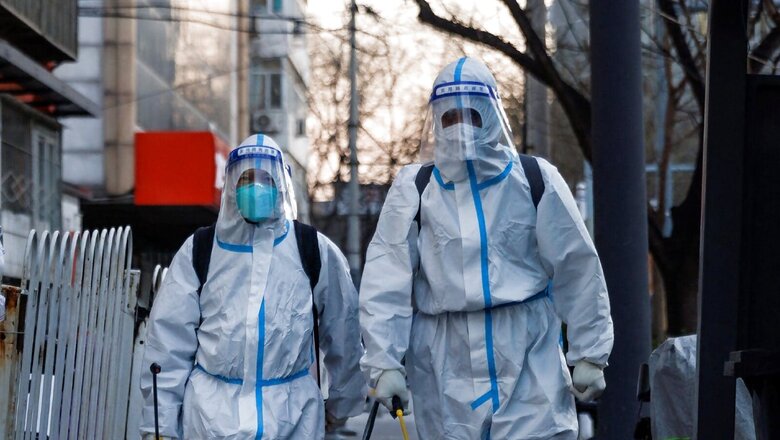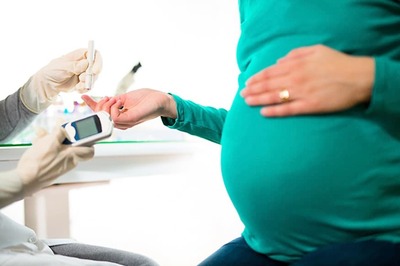
views
Indian Institute of Technology Madras (IIT Madras), Jadavpur University, and Northwestern University (U.S.A.) researchers have shown a plausible mechanism for how Covid infection could become lethal. They performed simulation studies to understand the mechanism of transmission of the Covid-19 virus from the nose and throat to the lower respiratory tract.
The researchers used mathematical models to show how these viruses that infect the mucous lining of the respiratory tract spread as droplets into the lungs, thereby causing serious illnesses, and recommend ways to prevent such spread.
Researchers all over the world have been trying to understand how the Covid-19 virus spreads from the nose and throat to the lungs. An idea has been proposed that the virus might move through mucus in the respiratory system but this would take too long.
Read | Students Should Aspire to Become Entrepreneurs in Space Field: Ex-ISRO Chief
Another idea is that the virus might enter the bloodstream and travel to the lungs but this is also not satisfactory. Another theory is that people might inhale mucus droplets containing the virus deeper into the lungs through the nose and throat.
Researchers from IIT Madras, Jadavpur University, and Northwestern University looked into these issues while taking up this study. The findings were published in the open-source journal Frontiers in Physiology.
The research was a collaboration between Prof. Mahesh Panchagnula, Dean (Alumni and Corporate Relations), IIT Madras, and Faculty, Department of Applied Mechanics, IIT Madras, Dr. Aranyak Chakravarty, Assistant Professor, Department of Nuclear Studies and Application, Jadavpur University and Prof. Neelesh A. Patankar, Professor of Mechanical Engineering, Northwestern University.
Prof. Mahesh Panchagnula, Department of Applied Mechanics, IIT Madras, said, “We examined the last theory through mathematical modelling of droplets moving from the nose and throat to the deep lungs. Our model showed that pneumonia and other lung distress can occur within 2.5 to 7 days after the first symptoms of a COVID-19 infection occur. This happens when the infected mucous droplets are transported from the nose and throat to the lungs.”
The transport of virus-laden mucous droplets can be reduced by preventing activities that result in the generation of these droplets in the first place. For example, sneezing or coughing can dislodge the infected mucous in the nose and throat in the form of droplets.
One strategy to control such droplet formation is by administering cough syrups or expectorants. This would not only curtail spread to others but will also prevent an additional source of self-aerosolized droplets which could be inhaled into the lower respiratory tract.
Dr. Aranyak Chakravarty, Assistant Professor, School of Nuclear Studies and Application, Jadavpur University, said, “There was another important finding of this work. Our studies also show that while the transport of infected mucous droplets in the airway plays an important role, the infection growth and seriousness also depend upon the immune response of the infected person.”
Prof. Neelesh Patankar, Professor of Mechanical Engineering, Northwestern University, added, “This finding reinforces the importance of vaccination in preventing severe infection. Vaccines help the body make special cells called B-lymphocytes and T-lymphocytes (or memory cells). T− lymphocytes suppress virus multiplication. B lymphocytes generate antibodies that destroy the virus.”
Read all the Latest Education News here




















Comments
0 comment